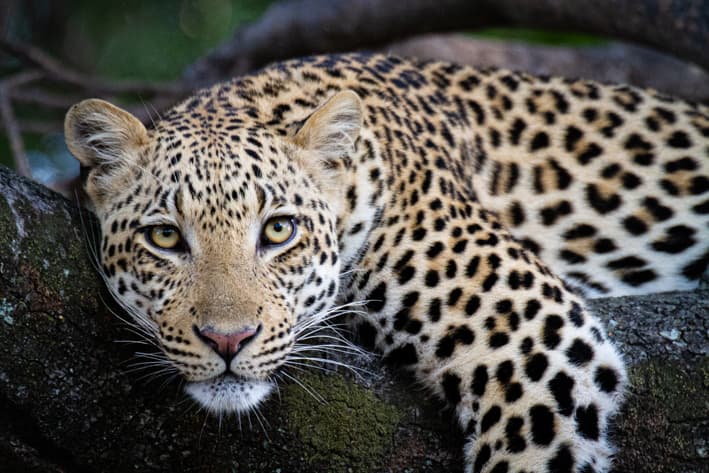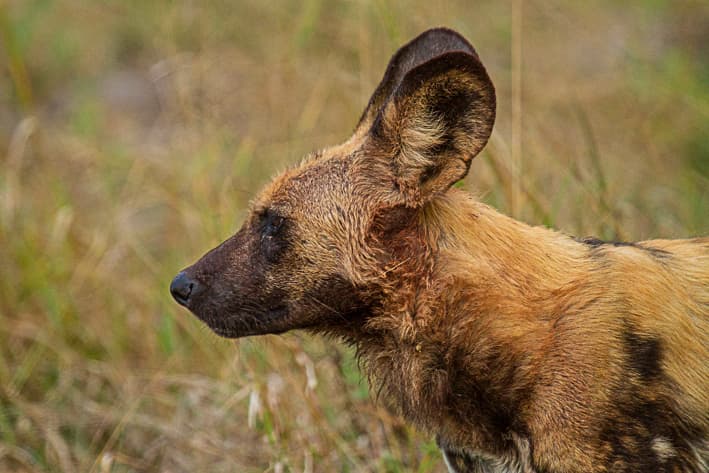The best places to see Elephants in Africa
Get to know the Africa’s gentle giants…
The best places to see elephants:
1. Hwange National Park, Zimbabwe: Located just 45 minutes from the famous Victoria Falls, Hwange is home to enormous elephant herds, especially during the dry season when water is scarce. Because of the lack of water, the park started pumping watering holes in the 1960s. It’s not uncommon to see over 1000 elephants visit a watering hole over the course of 24 hours!
2. Chobe National Park, Botswana: Did you know that Botswana is home to the largest amount of elephants in Africa? Chobe National Park, located in Northern Botswana, holds many of them, and is home to one of the largest concentrations of elephants in Africa.
3. Mana Pools National Park, Zimbabwe and Lower Zambezi, Zambia: These two parks, split by the mighty Zambezi river, also contain large herds of elephants. The same groups frequent the two parks, crossing over the Zambezi river to find better grazing each year.
4. Amboseli National Park, Kenya: You’ll find Amboseli in southern Kenya. It is home to a large population of elephants, as well as many other species of wildlife.
5. Maasai Mara National Reserve, Kenya: Located in southwestern Kenya, Maasai Mara National Reserve is known for its large herds of elephants, as well as its impressive populations of predators such as lions and leopards. The best time to see elephants in the Maasai Mara is when the Great Migration is no longer in the area, as the large numbers of wildebeest tend to drive the other animals away.
6. Kruger National Park and Greater Kruger region, South Africa: Found in northeastern South Africa, the Kruger National Park is the country’s most famous game reserve, home to a large population of elephants, as well as many other species of wildlife. There are a number of smaller, privately own concessions around Kruger, offering some truly luxurious safari camps and accommodation.
7. Tarangire National Park, Tanzania: Tarangire is an often overlooked part of Tanzania’s Northern Safari Circuit, but well worth a visit if you’re searching for elephants. During the dry season, emormous herds make their way into the park to drink from the only water source – the Tarangire River.
8. Etosha National Park, Namibia: Located in northern Namibia, Etosha National Park is home to a large population of elephants, as well as many other species of wildlife. What makes Etosha’s elephants so special is the fact that they are adapted to life in the desert.
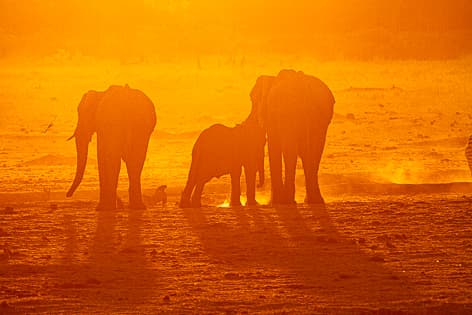
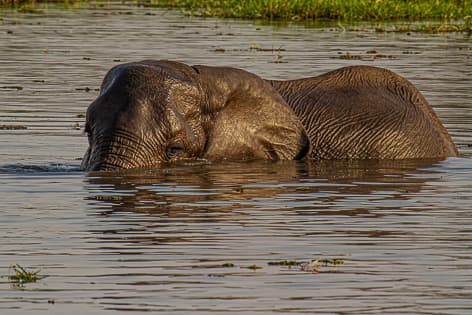
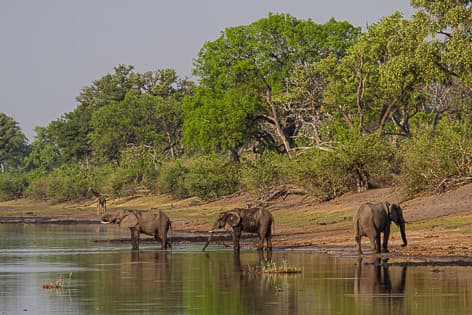
What makes elephants so special?
One of the most impressive things about elephants is their size. Did you know that they are the largest land animals on earth? Some males reaching up to 7.3 meters or 24 feet in length and weigh in at over 9 tonnes or 20 000 pounds! But their size is not just for show. Elephants are also incredibly strong and are able to carry heavy loads with their trunk and tusks.
In addition to their physical strength, elephants are also known for their incredible intelligence. They have strong memories and a complex social system. Elephants communicate with each other using a combination of sounds, touch, smell, and body language. They also have a very strong sense of family. Elephants live in matriarchal herds, with the oldest and most experienced female leading the group. They are known to grieve for their loved ones and have been observed paying respect to the bones of deceased elephants and even trying to revive their companions who have died.
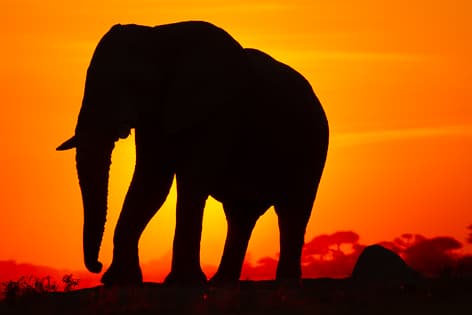
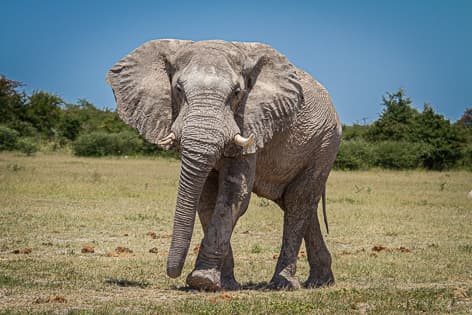
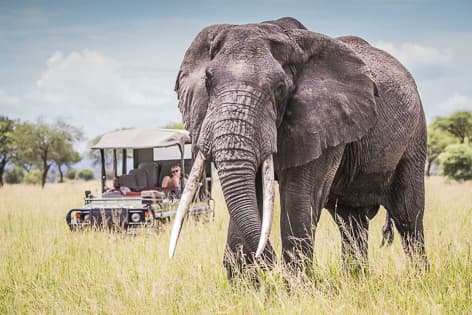
Elephants are ecosystem engineers
Elephants are renowned as being ecosystem engineers. Why? Well for a start, they are nature’s gardeners – trimming back trees and brush, which prevents areas of encroachment while maintaining biodiversity in the process. Elephants are also able to create waterholes by digging for water during dry seasons and periods of drought. This is possible because they are able to locate subterranean water sources and water tables, especially in dry river beds.
Elephants need to drink around 200l of water a day, and move between water sources. This movement tramples and flattens the ground, creating pathways and “roads” followed by other animals, as well as humans, who know that they lead to water.
Elephant dung also plays an enormous part in keeping environments healthy. Because elephants digest only around 40% of what they eat, their dung is full of nutrients and seeds. In fact with some seeds, the journey through the elephant’s digestive system actually improves germination!
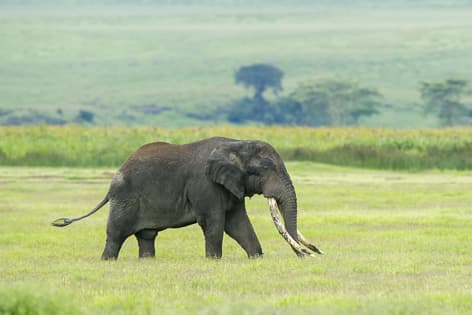

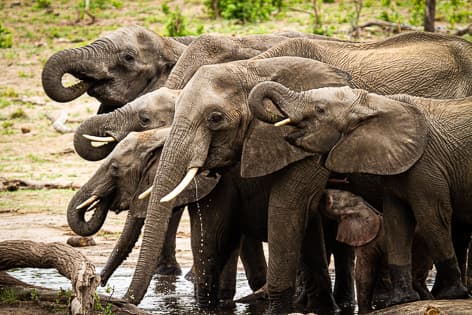
A species under threat
Thanks to the scourge of ivory poaching, loss of habitat and human-wildlife conflict, African elephant are endangered, with their numbers are tumbling year on year. In the middle of the 20th century there were some 5 million elephants roaming the African wilderness. Today, it is estimated that there are about 400 000 African elephants left, although it’s impossible to tell for sure.
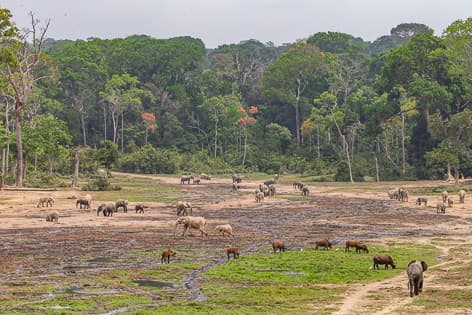
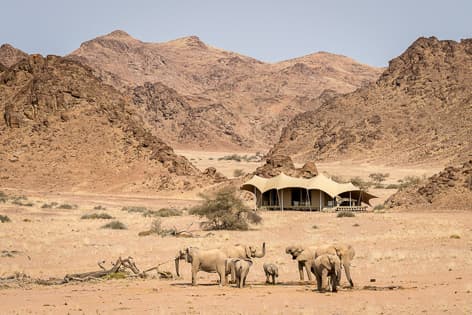
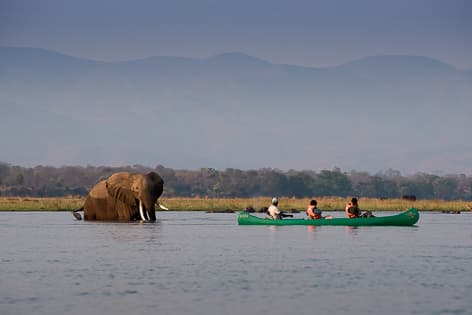
Protecting these beautiful giants is essential. All of the camps and lodges Stanley Safaris partner with either run or contribute towards conservation efforts aimed at protecting wilderness areas and the animals that call them home. If you’re planning a safari and would like to include elephants, get in touch. We’d love to plan the perfect luxury elephant safari for you.


